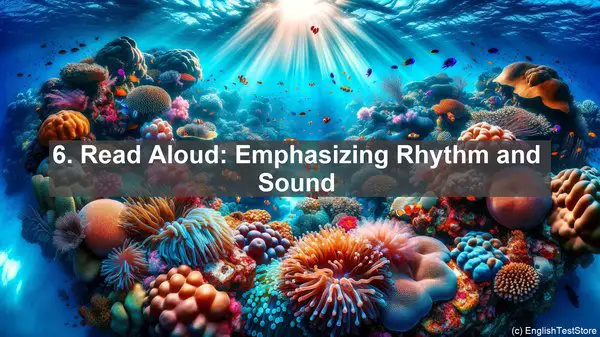Introduction: The World of English Poetry
Welcome to this video on the top 10 methods for reading and understanding English poetry. Poetry is a rich and expressive form of literature, and by employing the right techniques, we can delve deeper into its meaning and beauty.
1. Start with the Basics: Understanding Meter and Rhyme
Meter and rhyme are the building blocks of poetry. Familiarize yourself with different poetic meters, such as iambic pentameter, and the various rhyme schemes. This will give you a solid foundation for analyzing and appreciating a poem’s structure.
2. Dive into the Historical Context
Poetry is often a reflection of its time. Research the historical period in which a poem was written. Understanding the social, political, and cultural influences of that era will provide valuable insights into the poet’s intentions and the poem’s themes.

3. Analyze the Language: Imagery and Figurative Devices
Poets use language in unique and evocative ways. Look for vivid imagery, metaphors, similes, and other figurative devices. These not only enhance the poem’s aesthetic appeal but also convey deeper meanings and emotions.
4. Consider the Poet’s Biography
A poet’s life experiences often find their way into their work. Researching the poet’s biography can shed light on the personal and emotional aspects of a poem. It can also help you understand the poet’s style and recurring themes.

5. Pay Attention to the Title
The title of a poem is like a doorway into its world. It can provide crucial context or hint at the poem’s central theme. Before diving into the verses, take a moment to reflect on the title’s significance.
6. Read Aloud: Emphasizing Rhythm and Sound
Poetry is meant to be heard. When you read a poem aloud, you not only appreciate its musicality but also notice the deliberate choices in rhythm and sound. This can deepen your understanding of the poem’s tone and mood.
7. Break it Down: Analyzing Stanza by Stanza
Rather than trying to grasp the entire poem at once, break it down into stanzas or sections. Analyze each part individually, looking for patterns, shifts in tone, or changes in theme. Then, connect the dots to form a holistic interpretation.
8. Consult Annotations and Commentaries
Don’t hesitate to seek external resources. Annotations and commentaries by experts can offer valuable insights and interpretations. They can also introduce you to critical discussions surrounding a particular poem or poet.
9. Discuss and Share: Joining a Poetry Community
Engaging in discussions with fellow poetry enthusiasts can be enriching. Join a poetry club or an online community where you can share your thoughts, hear different perspectives, and collectively explore the nuances of a poem.
10. Practice, Practice, Practice
Becoming proficient in reading and understanding poetry is a skill that develops with practice. The more poems you read and analyze, the better you become at deciphering their complexities and appreciating their beauty.
